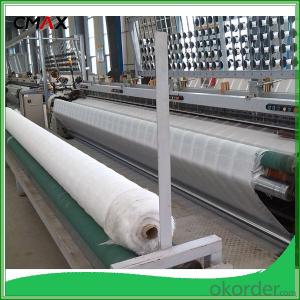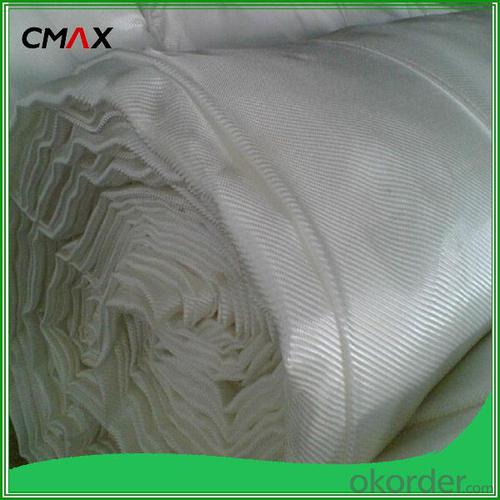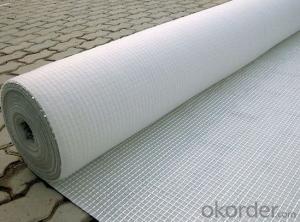Tubo Geotextil Filament Woven Geotextile Construction Material
- Loading Port:
- Wenzhou
- Payment Terms:
- TT OR LC
- Min Order Qty:
- 50 roll
- Supply Capability:
- 20000 roll/month
OKorder Service Pledge
OKorder Financial Service
You Might Also Like
Filament Geotextile Woven Construction Material
Desciriptions:
PP Woven Geotextile Professioal Waterproof Geotextiles. A woven geotextiles is an economical solution for any civil engineering applications. It separates, stabilizes, and reinforces soils and allos allows for filtration. Woven geotextiles are manufactured by extruding polypropylene film and then slitting the film into individual yarns which are then woven to form the geotextiles.
Specifications and Technical datas:
| Weight / Mass | 100gsm - 800gsm |
| width | Within 8 m |
| longth | 50-100m/roll (at request) |
| Material | PP / PET |
| Color | Black , white , grey |
| Certification | CE/ISO9001 |
| Manufacturing method | nonwoven / woven |

Characteristics:
Easy process and high output rates
Excellent distribution of carbon black
Consistent quality and low failure rate
Excellent resistance and good waterproof ability
Good welding
Details of our products:



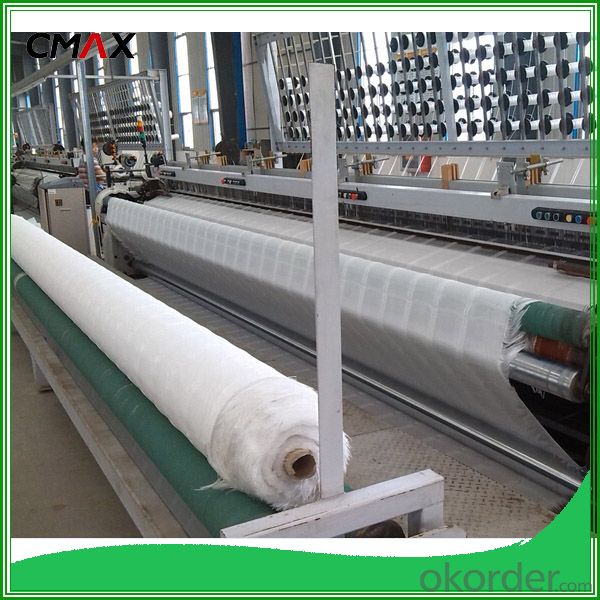
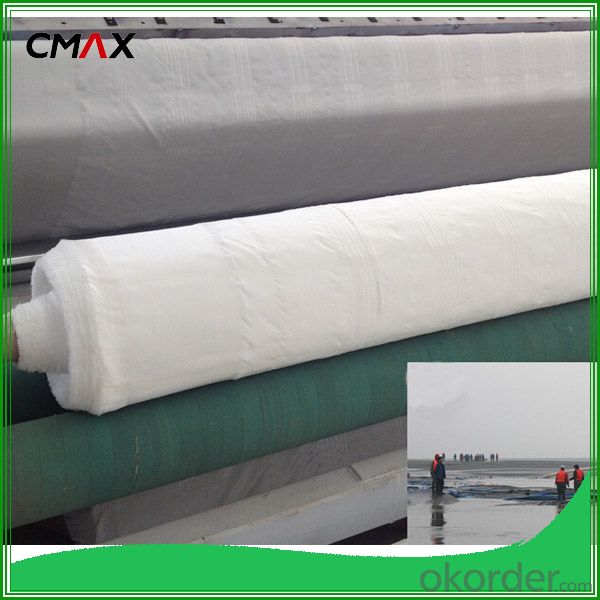
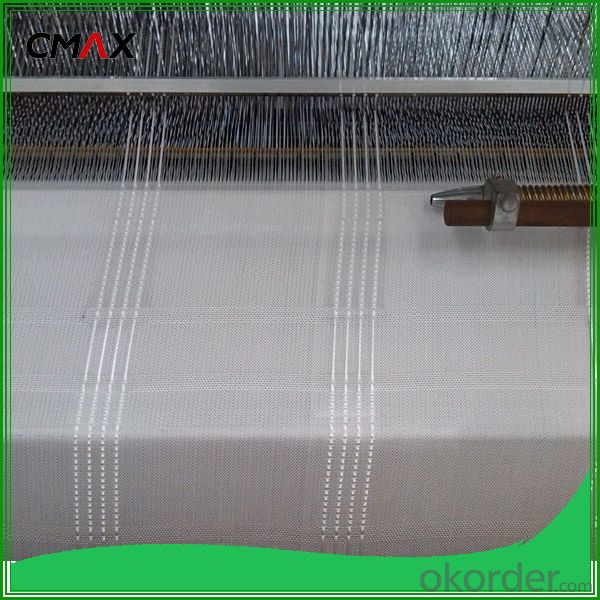


Produce process:

Applications:
1) Filtration :
The filtration layer of the dykes, river canal, seacoast, concrete slope, retaining walls. At the same time of preventing the clay granule from passing, it allows the water and the gas pass through freely.
2) Separation :
The isolation of the railway dregs and the roadbed, roadbed and the soft base, surface of the airdrome and parking lot and the groundsill, different dam materials. It isolates the soil and the gravel of two kinds different granule pathway from the groundsill or other buildings.
3) Adding muscle :
The highway, railway, soil-stone dam, breakwater, airport, backfill soil of retaining wall, slope protection, etc in which distributes the earth stress, prevents the side-displacement of the earth body and improves the earth body stability.
4) Protection :
It prevents the bank from being washed out, protects the bank and the bottom, prevents the water and soil from being washed away.
Packing and shipping:
1. The outer package: black or white woven geotextile.or we can make the package as your requst.
2. Different tgram/ roll size for different qty in the same containers.
3. Roll size: 3.95m*200 for container
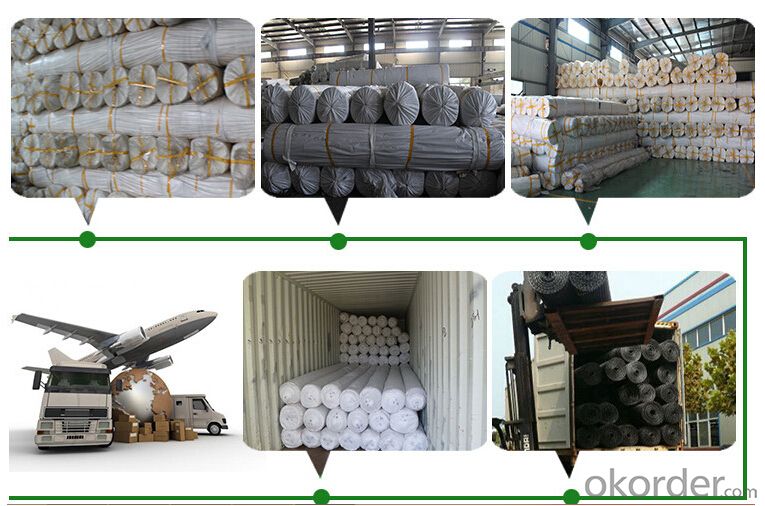
FAQ:
Q1: What is your minimum order quantity?
A:The minimum order quantity is 5000 ,but it is negotiable.
Q2:What is your payment terms?
A: T/T,Western Union,Paypal,L/C...
HDPE Geomembrane Price
Q3:What is your delivery time?
A:Production time usually costs 2-20 days.
Waiting to cooperate with you!
- Q: How do geotextiles improve the performance of retaining walls?
- Geotextiles improve the performance of retaining walls by providing reinforcement and stability to the soil behind the wall. They act as a barrier to prevent soil erosion and help distribute the load evenly, reducing the pressure on the wall. Additionally, geotextiles allow for the drainage of water, preventing buildup behind the wall and minimizing the risk of hydrostatic pressure, which can cause wall failure.
- Q: Can geotextiles be used in underground gas storage projects?
- Yes, geotextiles can be used in underground gas storage projects. Geotextiles are often used as a lining material in gas storage projects to provide separation, filtration, and reinforcement. They help to prevent the migration of soil particles, maintain the integrity of the storage structure, and ensure the overall stability of the project.
- Q: What is the separation between the roof waterproof protective layer and the waterproof layer?
- That is, at home and home boundaries to break off. Or can not achieve the effect of waterproof
- Q: Geotextile detection sampling, how many meters
- General a square meter can be, I professional production
- Q: In ANSYS, geotextile what unit to simulate it?
- I am now doing geotextile simulation, before someone with shell63, I now use, but the shell and the physical contact I did a long time. The
- Q: Can geotextiles be used in waste containment systems?
- Yes, geotextiles can be used in waste containment systems. Geotextiles are commonly used as liners or covers in landfill sites to prevent the migration of hazardous substances into the surrounding environment. They provide a barrier to contain waste materials, prevent erosion, and promote filtration and drainage.
- Q: Why do you want to set up geotextiles around the bottom and bottom of the ditch? What role? Which predecessors help me explain.
- Why do you want to set up geotextiles around the bottom and bottom of the ditch? What role? Which predecessors help me explain.
- Q: What is the geotextile customs code?
- Hello: I can only give an example: if you ask the goods belong to the weight per square meter of more than 150 grams of non-woven weaving, can be returned, because you do not have a detailed description of the source of raw materials, production processes, Into the product code under 5603.1410. If you are satisfied with my answer, I would like to be accepted and given praise, thank you!
- Q: How do geotextiles help with reinforcement of geogrids?
- Geotextiles help with the reinforcement of geogrids by providing a stable base and preventing soil erosion. They act as a separation layer between the geogrid and the soil, distributing the load evenly and increasing the overall strength and stability of the structure.
- Q: What types of geotextiles are suitable for reinforcement purposes?
- Geotextiles that are suitable for reinforcement purposes include woven geotextiles, non-woven geotextiles, and geogrids.
Send your message to us
Tubo Geotextil Filament Woven Geotextile Construction Material
- Loading Port:
- Wenzhou
- Payment Terms:
- TT OR LC
- Min Order Qty:
- 50 roll
- Supply Capability:
- 20000 roll/month
OKorder Service Pledge
OKorder Financial Service
Similar products
Hot products
Hot Searches
Related keywords



